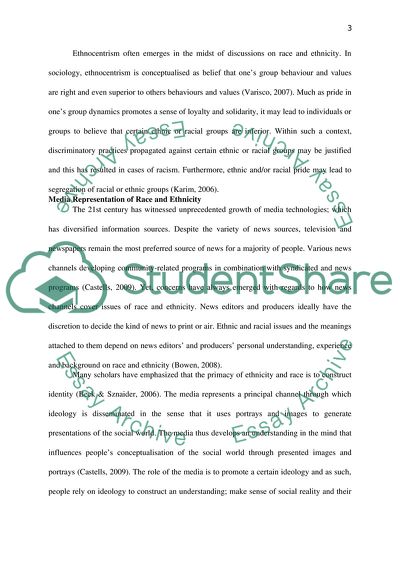Cite this document
(Representation of Race and Ethnicity in the Media Literature review Example | Topics and Well Written Essays - 3000 words, n.d.)
Representation of Race and Ethnicity in the Media Literature review Example | Topics and Well Written Essays - 3000 words. https://studentshare.org/sociology/1816527-representation-of-race-and-ethnicity-in-the-media
Representation of Race and Ethnicity in the Media Literature review Example | Topics and Well Written Essays - 3000 words. https://studentshare.org/sociology/1816527-representation-of-race-and-ethnicity-in-the-media
(Representation of Race and Ethnicity in the Media Literature Review Example | Topics and Well Written Essays - 3000 Words)
Representation of Race and Ethnicity in the Media Literature Review Example | Topics and Well Written Essays - 3000 Words. https://studentshare.org/sociology/1816527-representation-of-race-and-ethnicity-in-the-media.
Representation of Race and Ethnicity in the Media Literature Review Example | Topics and Well Written Essays - 3000 Words. https://studentshare.org/sociology/1816527-representation-of-race-and-ethnicity-in-the-media.
“Representation of Race and Ethnicity in the Media Literature Review Example | Topics and Well Written Essays - 3000 Words”. https://studentshare.org/sociology/1816527-representation-of-race-and-ethnicity-in-the-media.


